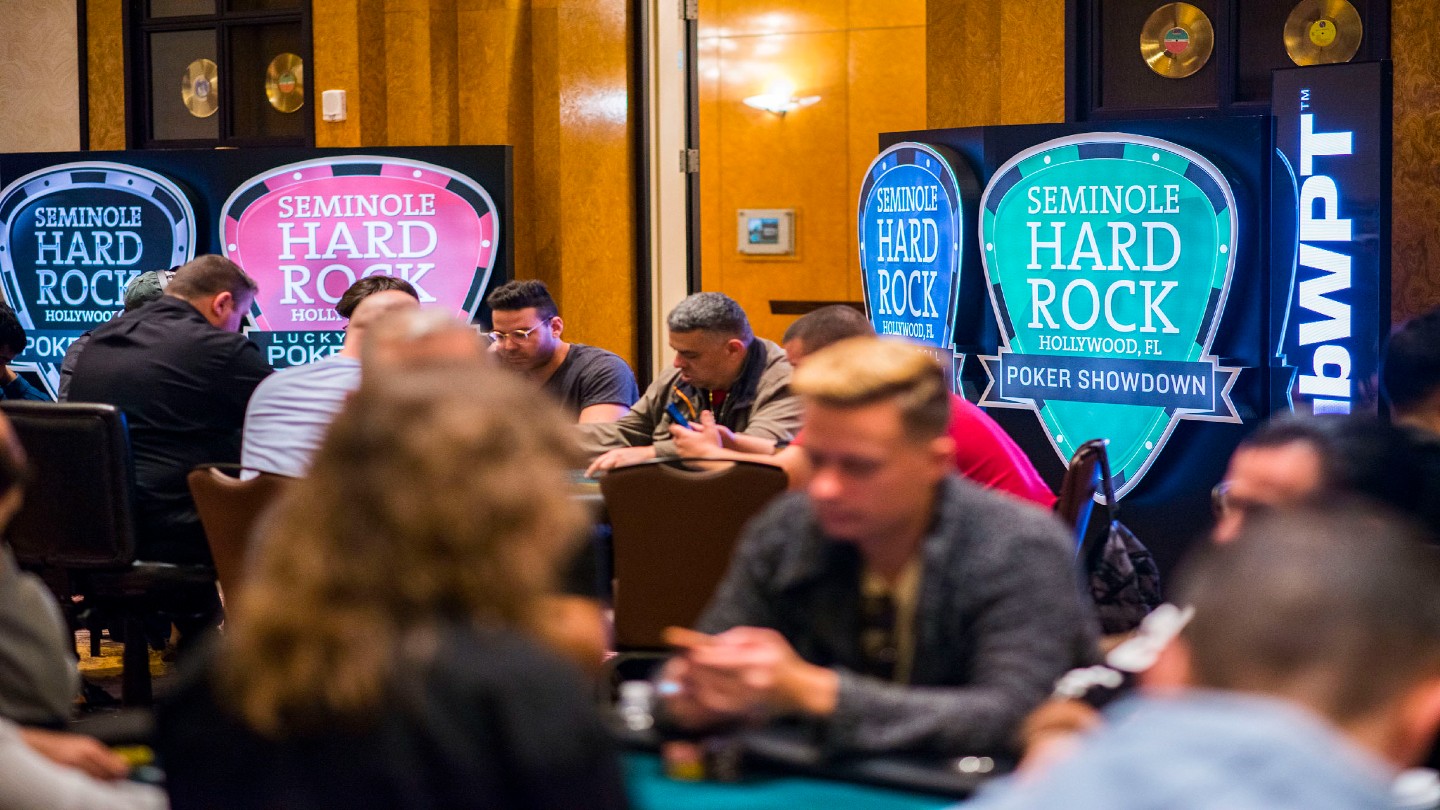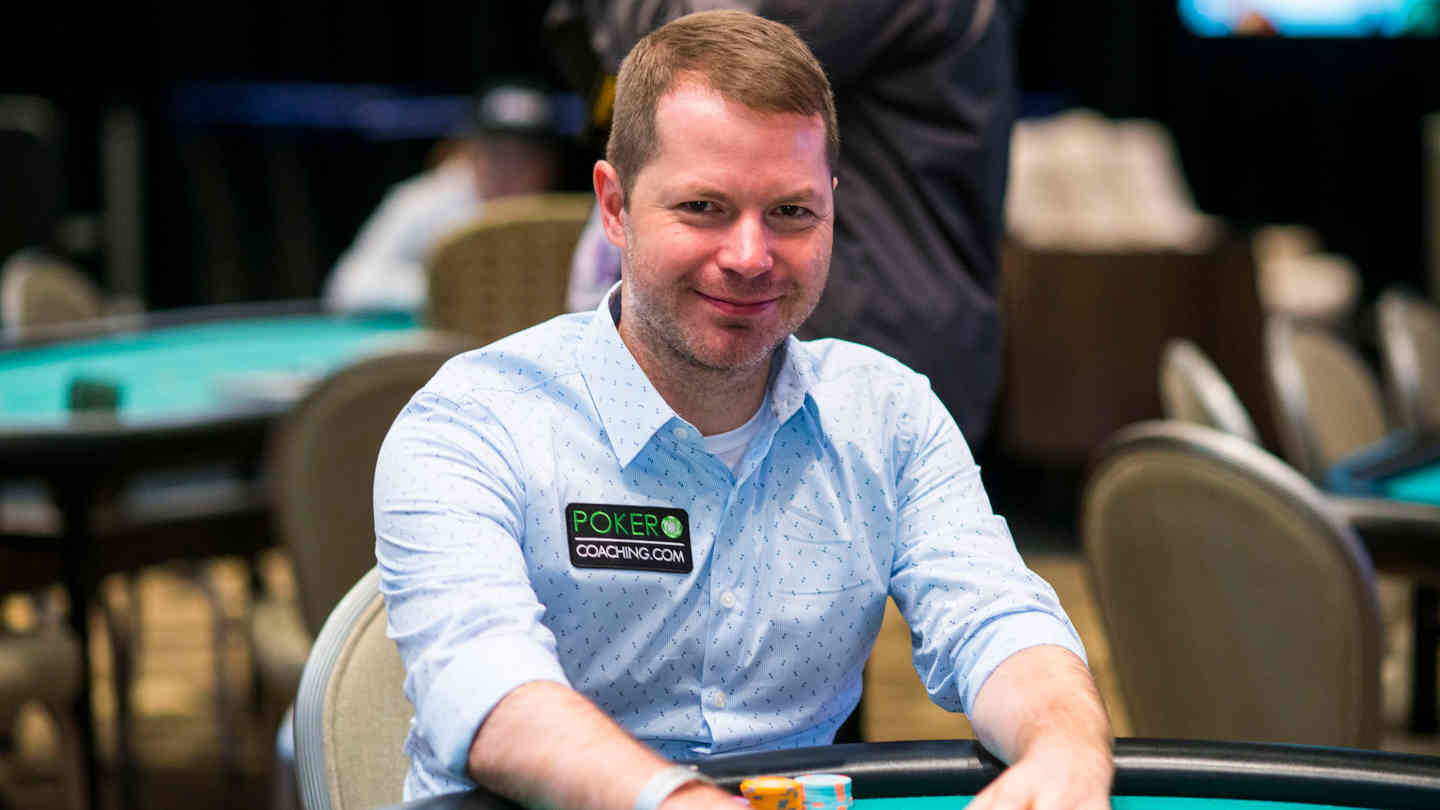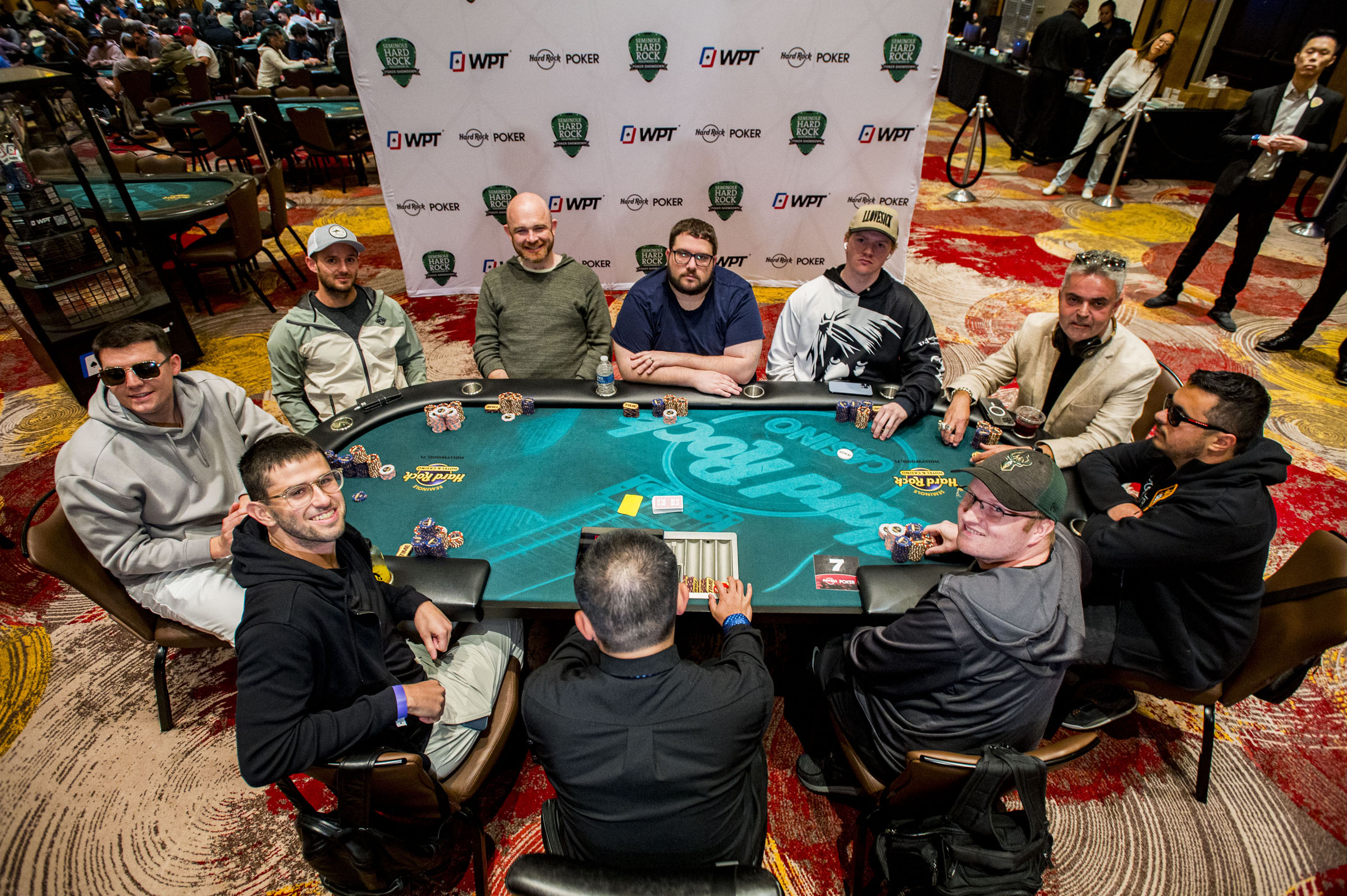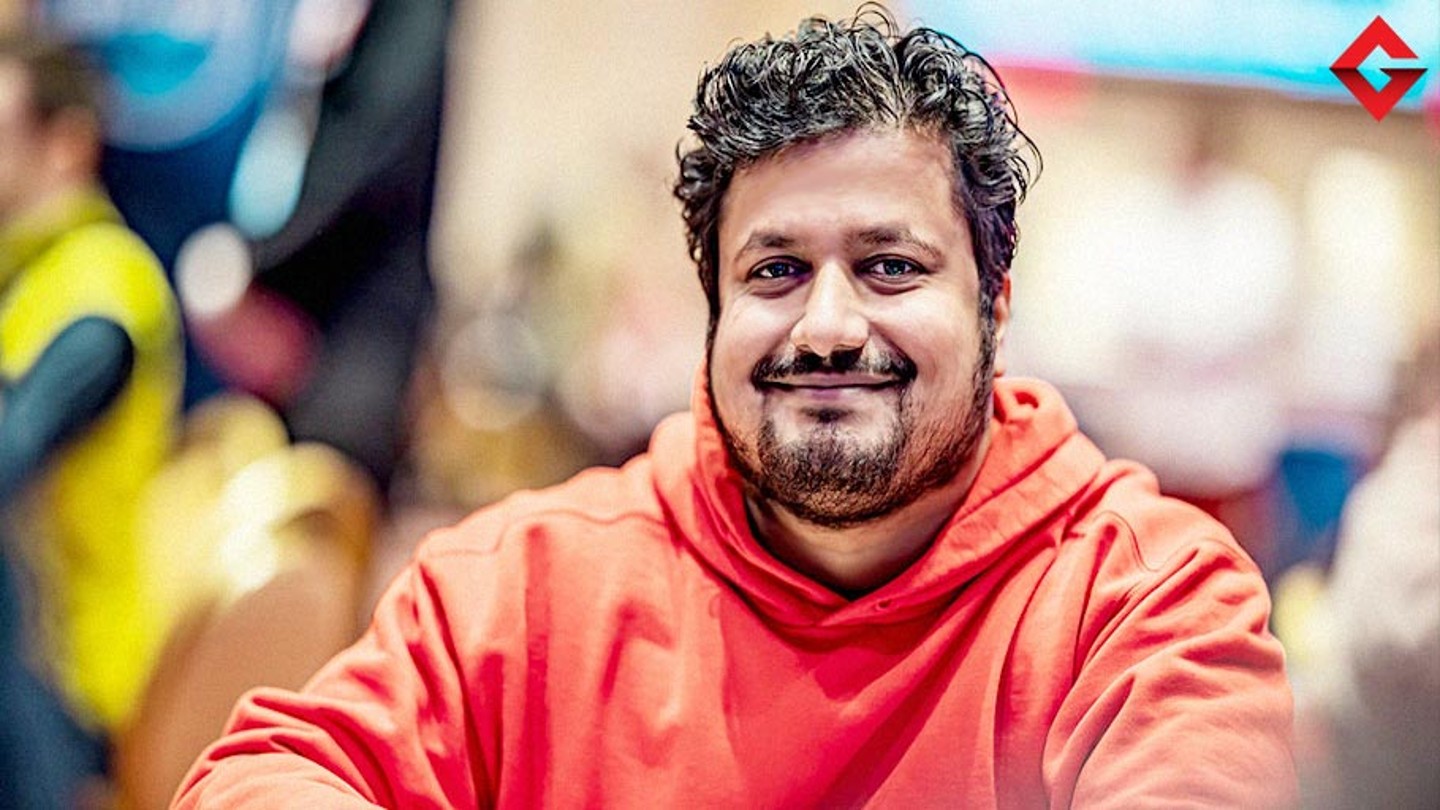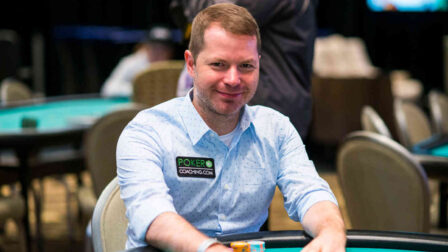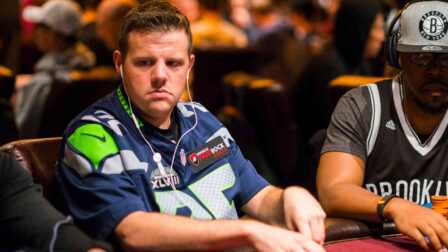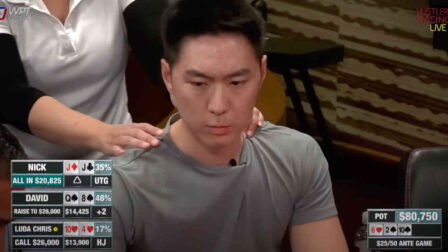Satellite Poker Tournaments Strategy – Get Ready for the Big One

10 minutes
Last Updated: March 19, 2024
Satellite poker tournaments are different from other Texas Hold’em events, and instead of going for the win, your goal in a poker satellite is to make it into the money.
Whether you make it as the biggest or the smallest stack is usually completely irrelevant.
Because of this, satellite tournaments require some serious tweaks in terms of strategy, and you need to think about it from the very first hand.
In this article, you’ll find some actionable tips and strategies that will help you improve your performance in poker satellites and win more tickets to real events.
Satellite Poker Tournaments in a Nutshell
To start at the very top, what are poker satellite tournaments, and why do they exist?
The main idea behind these events is to allow people with a smaller poker bankroll to win their seats in more expensive tournaments without risking as much money.
For example, you could have a $10 poker satellite that offers seats for the $100 tournament.
So, for every ten players who join, there'll be one $100 tournament ticket up for grabs.
If 225 players end up playing in this satellite, the total prize pool will be $2,250 (without any rake considerations for the purposes of this example).
In a normal tournament, this prize pool would be distributed to top-performing players based on their finishing positions, with the winner taking 10% to 15%.
In satellite poker tournaments, everyone gets the same prize.
In this particular case, there will be 22 tickets up for grabs and $50 on the side. So, the final 22 players will receive a $100 ticket each, and the player finishing in 23rd place will get $50.
Once you get into the money in a poker satellite, it doesn't matter if you have a huge stack or if you're hanging by a thread. The play stops, and the tournament is over.
Different Types of Poker Satellite Tournaments
Poker satellite events can feature all sorts of formats. They can be:
- freezeout poker MTTs,
- sit and goes,
- rebuys,
- and sometimes there are even knockouts.
All these different types of satellites have their pros and cons.
The best way to decide which ones to play is by picking a format that you’re generally good in.
For example, if you're a sit-and-go player, seek to play in sit and go satellites as you'll already have a solid knowledge of the strategy.
MTT satellites are often a good choice because you'll have many opportunities to chip up early from the players who aren't familiar with the satellite poker strategy and will be playing the same way they would in a regular freezeout.

On PokerStars, you’ll often find even Spin & Go satellites for some special events such as WCOOP tournaments.
All in all, you don’t need to have a huge bankroll to play in higher buy-in tournaments if you can master the satellite poker strategy and become proficient in this format.
On top of that, you will have many chances to win tickets to huge live events and go on a poker trip of your lifetime, so why not give it a go?
Satellite Poker Strategy Basics: Things You Need to Know
Whatever the format may be, the main idea of every satellite is the same. You want to outlast other players and get past the bubble.
One really important thing to keep in mind in these tournaments is that you don’t get any special bonuses for finishing with a top stack or eliminating other players.
If you have a big enough stack to safely get you past the bubble, your job is pretty much done.
Many players make the mistake of continuing to play aggressively to eliminate others and build their stack further, but this can be a big leak.
In satellite poker tournaments, chips you stand to lose are often much more valuable than the chips you could potentially win.
Having 100 or 200 big blinds with two players to bust before the bubble doesn't make any difference. But, if you lose a big hand and are left with 10 or fewer blinds, now you're the one in the danger zone.
Folding Is the Most Important Skill in Poker Satellites
Satellites are really different from almost all other poker formats. Usually, you’re supposed to take thin edges and big risks to try and go for the win.
In cash games, you are playing for money, and if you’re even a 1% favorite over your opponent, you should always take that spot.
In regular tournaments, there are some ICM considerations, and you can make calculated folds, but, in general, you are looking for spots to build a big stack that will give you a shot at winning.
All these things can become irrelevant at a certain stage of a poker satellite.
Imagine a scenario where there are 15 players left in a tournament. When the next player busts, you’ll all be in the money, and you’ll all receive tickets for the target event.
You have a stack of 45 big blinds, another player has 50 big blinds, there are a few middling stacks (15 – 30 blinds), and a few short stacks (5 – 10 blinds).
You pick up pocket aces on the button and make a standard 2x open. The player in the big blind has you covered with 50 bigs and decides to rip their entire stack in.
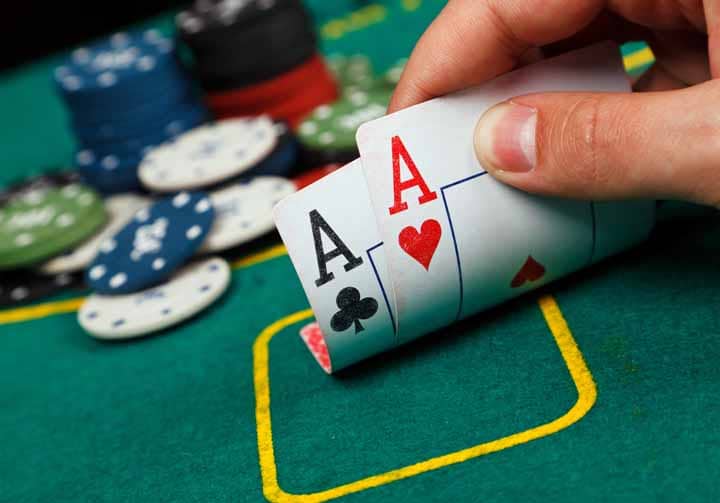
What should you do here?
There is no question if you have the best hand, but the correct answer is: fold!
You are already almost guaranteed the ticket since you have the second-highest stack, and by calling and winning, you would not actually change your situation much.
However, if you call and lose, it’s all over, and you walk away with nothing.
If you fold and don't play another hand in the tournament, you'll probably make the money because one of the short stacks will eventually bust, or two middling stacks will make a mistake and get into an all-in pot they shouldn't be in.
It's not always easy to figure out when you have “enough” chips in a poker satellite, and there will be some borderline situations.
Sometimes, though, you just know, and all you need to do to win the ticket is abstain from doing something stupid.
A simple rule to live by in satellite is: if you have a decent stack and the bubble is near, folding is almost always the right answer in tough spots.
But if you end up playing your hands, make sure to be the one showing it first and not calling.
Poker Satellite Pros
Many professional players made successful careers focusing almost entirely on satellite poker tournaments. While it's not the most exciting format in the world, it offers quite a few advantages, such as:
- Softer fields, especially in satellites for big and popular tournaments like WSOP or WCOOP.
- Simpler strategy as you don’t have to deal with the final table play and pay jumps.
- Satellites are a great way to get a seat in a tournament you aren’t rolled for.
- Variance isn’t as brutal as in regular MTTs.
It’s also good to know that most poker sites will turn your satellite winnings into money you can use to buy into other tournaments if you unregister or if you have already qualified for the target tournament.

If you wanted, you could play only satellite poker tournaments and make a lot of money doing so. There is nothing wrong with this approach, and poker sites don't mind it at all, so you don't have to worry about breaking any rules.
Satellite Poker Tournament Cons
Not all players are fans of satellites. For all their good sides, these tournaments also have certain cons like:
- The amount you can win is limited regardless of how big the field is.
- Because of their specific structure, satellites aren’t as exciting to play.
- Playing satellite tournaments is more consuming as you’ll usually have to play the target tournament as well.
Whether you’re bothered by some of these things or not is entirely the matter of how you perceive poker and what your expectations are.
Satellite Poker Tournaments by Stages
Like every other tournament format, satellites have three distinct stages: early, middle, and late. However, these stages are quite different from those found in standard freezeouts and rebuys, especially because there is no crucial battle for the top spot.
Early Stages of Poker Satellite Tournaments
Your approach during the first few levels of a satellite shouldn’t be much different from the one you’d take in a regular MTT.
You need to build up your stack, and early levels might be your best shot.
During the first few levels of almost every tournament, the field is generally the softest, as all bad players are still in, and they’re eagerly awaiting their opportunity to punt away their chips.
Stick to playing strong poker hands and look for your opportunities. There is no reason to be too risk-averse during the early stages of a poker satellite as there isn't much to lose.
You're still miles away from the money, and you need some chips to work with.
If you do manage to double or triple up, though, it’s time to pause and reevaluate. In smaller-field satellites, you might not have to do much more to secure your ticket, so your game-plan should depend on how much play there is likely left in the tournament.
Poker Satellite Middle Stages
The middle and the late stage will often overlap to some extent in poker satellite tournaments. In larger fields, you’ll have more of a middle stage, while many smaller satellites will go almost straight to the late stage.
That said, this is probably the trickiest stage to navigate.
Since the bubble is still not that close, you need to figure out how many chips you need to have in the stack to lock up your spot, and that’s not always the easiest thing to do.
The main mistake to avoid is playing too passively during this stage if you’re nursing a short stack.
Players will often “shut down” way too early and with way too few chips to justify that decision.
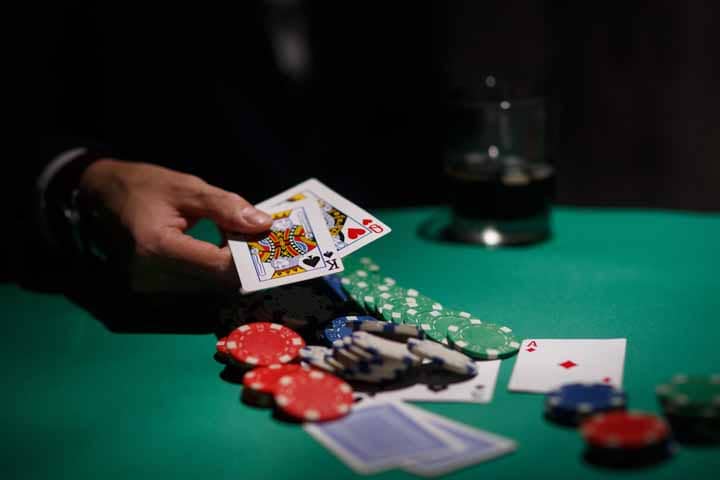
So, they'll enter the final stage as the ones to go, i.e., you'll be the player with the target on your back that everyone else is waiting to see eliminated.
A good rule of thumb is to try and hover around the average stack in satellites. If you fall behind significantly, it’s time to ramp up the aggression and try to win some chips. In this case, you can even play more hands than a standard push fold chart suggests.
If you’re way ahead of the average stack, you can afford to tighten up and see how the situation develops.
Satellite Poker Bubble Strategy
The bubble is the most important stage in satellite poker tournaments. With everyone receiving the same prize, surviving the bubble is much more important in satellites than in regular tournaments.
Using the example from the start of the $10 tournament, in a regular MTT min-cash would be around $15.
In a satellite, if you survive the bubble, you get $100. If you bust before the bubble, you get $0. That’s a huge difference.
If you have a decent-sized stack with the bubble looming, your main goal should be to avoid unnecessary risks.
Don’t enter big pots with players that have you covered or close to covered if you can avoid it.
At the same time, you can attack short stacks and put a lot of pressure on them. If you have 50 big blinds, you can relentlessly attack sub-10 big blinds’ stacks. Even if the worst happens and you end up losing an all-in, you’ll still have a decent stack.
If you’re the one with a short stack, you’ll have to do some calculations.
It’s not uncommon to have a bunch of short stacks around the bubble. You need to keep up with the situation on other tables and figure out if enough players will likely go out before you.

Again, it’s not the easiest thing to do, but you’ll get better at it with experience.
If you figure out that you aren’t in a position to wait it out, look for a good spot to try and double up.
One double-up is usually all you need in a scenario where there are few short stacks, so make sure to look for your chances before it’s too late. Doubling up from one to two blinds probably won’t cut it.
Poker Satellite Strategy Summary
The next time you decide to play in a poker satellite, hopefully, you'll remember some of these tips, and they'll help you avoid problems and make a deep run.
The satellite poker tournaments' strategy isn't too complicated.
Just follow standard poker tips in the early stages, and tweak your play based on advice in this article, and you should definitely increase your winnings.







